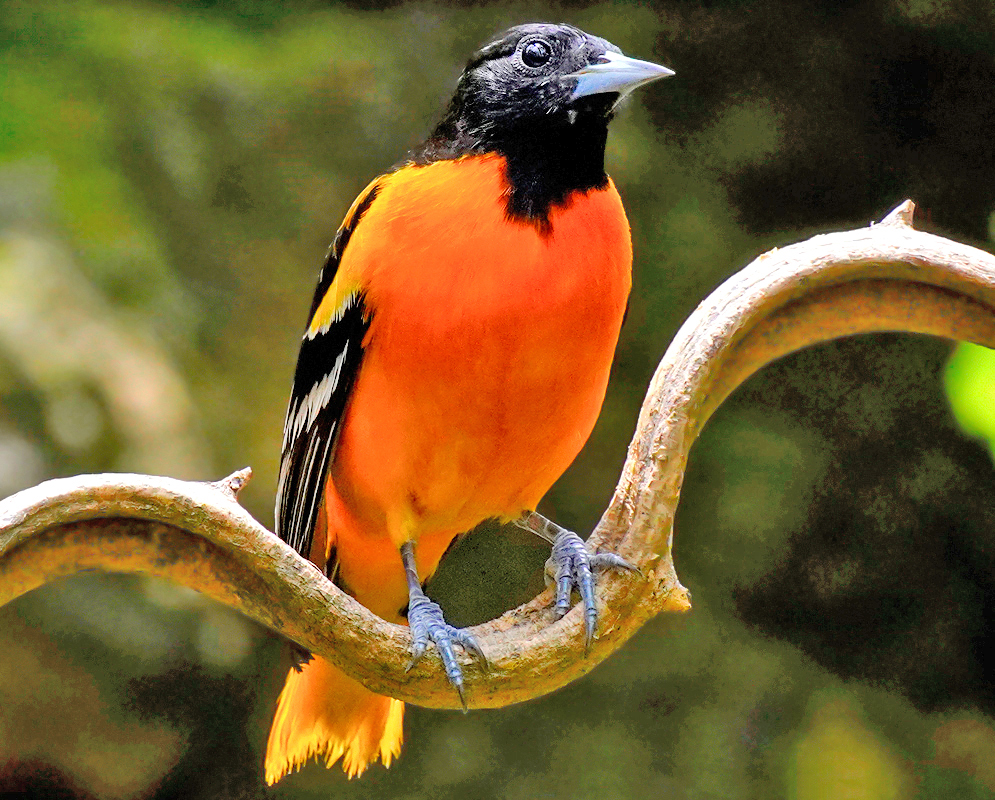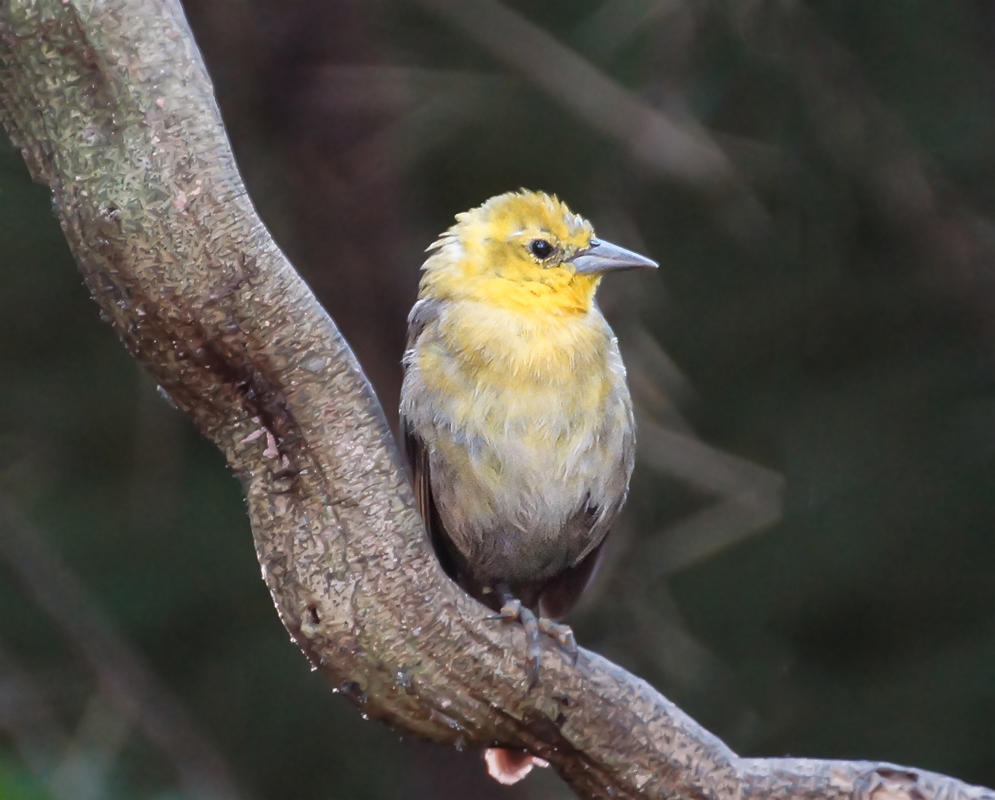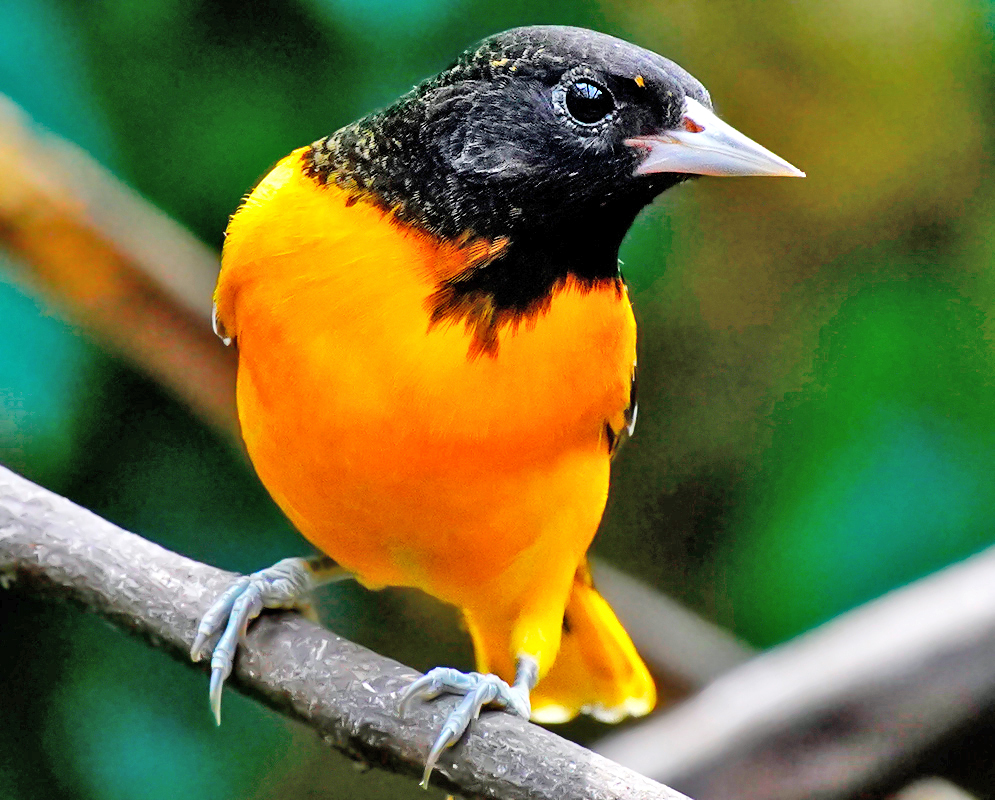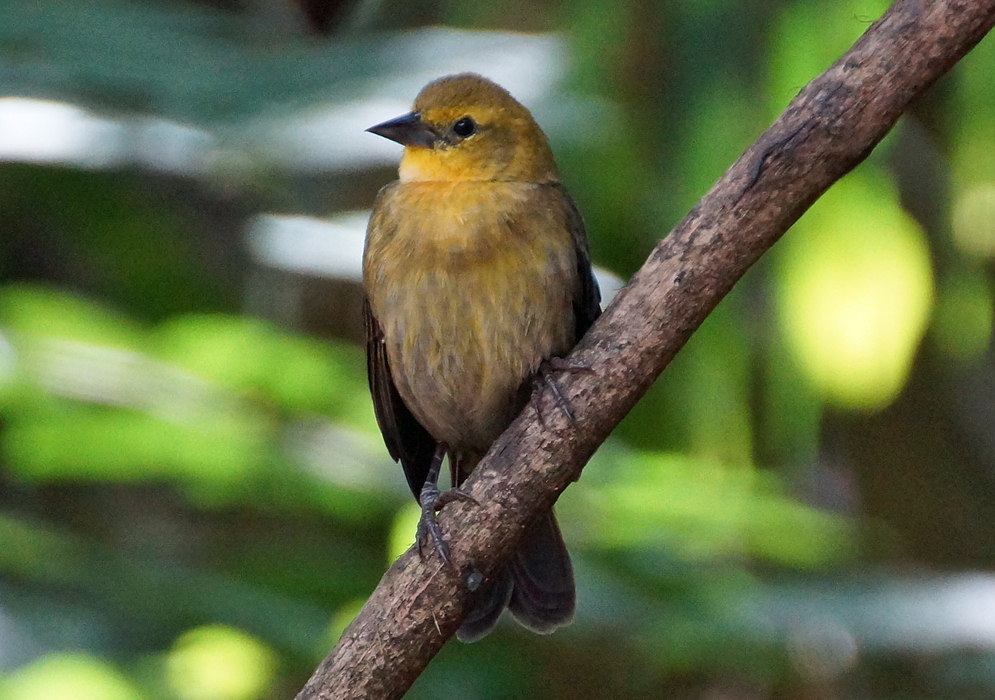This post has 11 Simple Fields-fields attached. Show fields.

The Baltimore Oriole, known scientifically as Icterus galbula, is a small icterid blackbird common in eastern North America. It is a migratory breeding bird, renowned for the male's vivid orange and black plumage, which inspired its name due to its resemblance to the coat-of-arms of the 17th-century Lord Baltimore. This medium-sized passerine typically measures 6.7 to 8.7 inches in length, with a wingspan ranging from 9.1 to 12.6 inches. The species exhibits minimal size dimorphism, with males being slightly larger than females. Adults can be identified by white bars on their wings. Baltimore Orioles display a seasonal variation in their diet. During summer, their diet primarily consists of insects and invertebrates, especially caterpillars, to cater to the high-protein needs of their young. In contrast, during fall and winter, they predominantly consume fruit, with a preference for the darkest, ripest fruits and berries. They are common visitors to backyard feeders, attracted to oranges, sugar water, grape jelly, and other sweet, sugary foods. This bird is an active feeder throughout the day and adapts its foraging behavior according to the seasonal availability of food, perching higher in trees during summer for insects, and visiting fruit trees and shrubs in fall for fruits. Baltimore Orioles are found in the Nearctic during summer, their range extending from the Canadian Prairies and eastern Montana eastward through southern Ontario, Quebec, New Brunswick, and south through the eastern United States to central Mississippi, Alabama, and northern Georgia. They migrate to winter in the Neotropics, primarily in Central America and northern South America. Some may remain in the southern United States throughout winter if food sources like feeders are available. Interestingly, their range overlaps with that of the similar Bullock's Oriole in the Midwest. The Baltimore Oriole is classified as 'Least Concern' by the IUCN. Photographed in northern Colombia.









